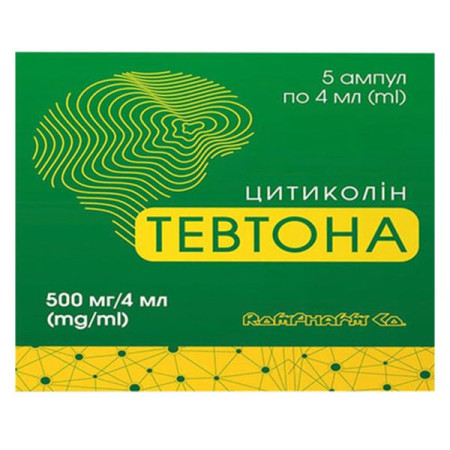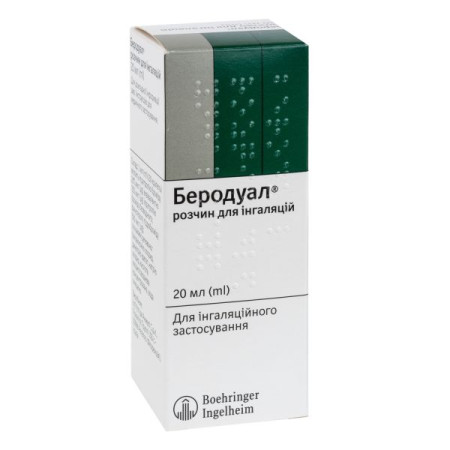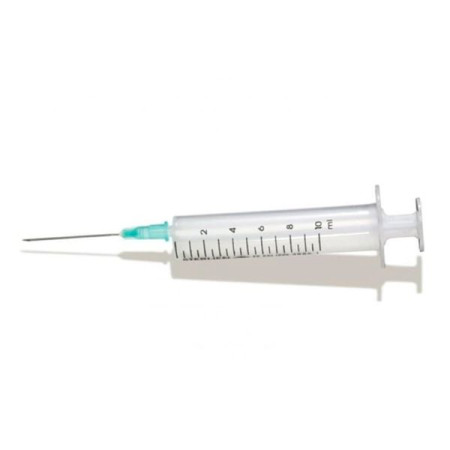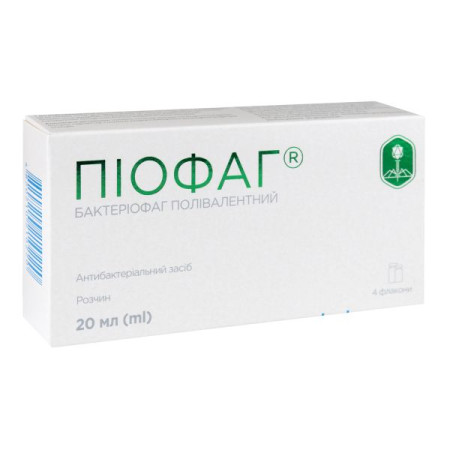Maxitran solution for injection 100mg/ml 5 ml No. 5
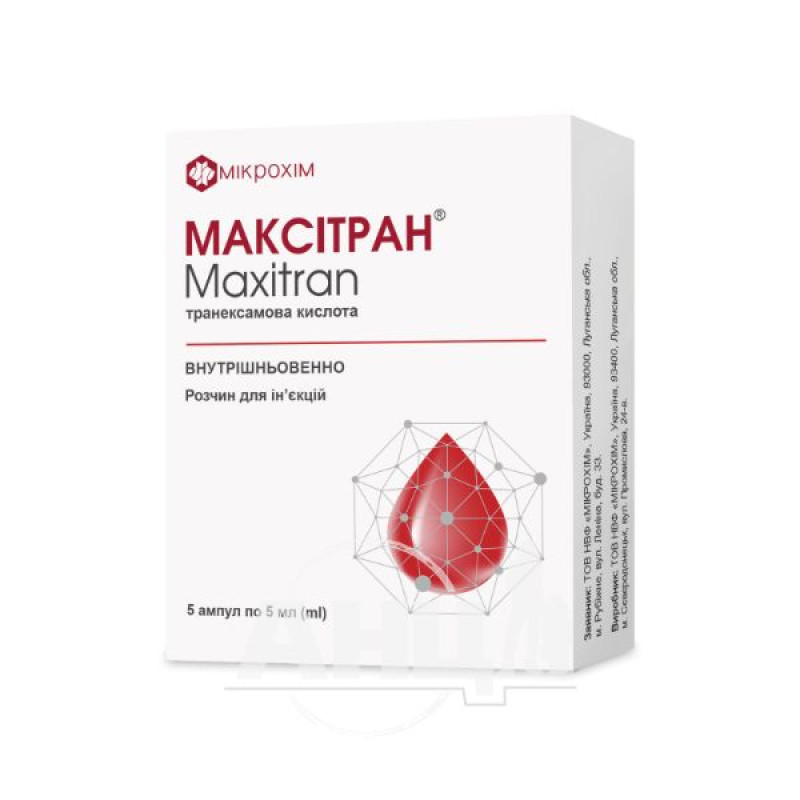
Maxitran is an antihemorrhagic agent. Fibrinolysis inhibitor. Amino acid. Indications for use - bleeding or risk of bleeding with increased fibrinolysis, both generalized and local, in adults and children over 1 year of age.
Warehouse
active substance: tranexamic acid; 1 ml of solution for injection contains tranexamic acid 100 mg; excipient: water for injection.Contraindication
Hypersensitivity to the active substance or to any of the components of the drug. Acute venous or arterial thrombosis. Fibrinolytic conditions with acute severe bleeding due to the administration of coagulopathic agents (anticoagulants), with the exception of drugs that primarily activate the fibrinolytic system. Severe renal failure (there is a risk of drug accumulation). History of seizures. Intrathecal and intraventricular injection, intracerebral administration (risk of brain edema with subsequent development of seizures).
Method of application
In case of generalized fibrinolysis, tranexamic acid should be administered intravenously, slowly, at a dose of 1 g (2 ampoules of 5 ml) or 15 mg/kg of body weight every 6–8 hours, the rate of administration is 1 ml/min.
For local fibrinolysis, it is recommended to use the drug starting at a dose of 500 mg (1 ampoule of 5 ml) to 1 g (2 ampoules of 5 ml) intravenously, slowly (approximately 1 ml/min) 2–3 times a day.
Application features
The following indications and method of application should be strictly adhered to:
Intravenous injections should be given very slowly; tranexamic acid should not be administered intramuscularly.Pregnant women
During the first trimester of pregnancy, the administration of tranexamic acid as a precautionary measure is not recommended.
There are only limited clinical data on the use of tranexamic acid in various clinical hemorrhagic conditions in the second or third trimester of pregnancy, from which it is not possible to identify a harmful effect on the fetus. Tranexamic acid should be used during pregnancy only if the expected therapeutic benefit justifies the potential risk.
Children
Can be used from 1 year.
Drivers
There are no studies assessing the effect on the ability to drive vehicles or other mechanisms.
Overdose
No cases of overdose have been observed.
Symptoms of overdose may include dizziness, headache, hypotension and convulsions. Convulsions have also been shown to occur more frequently with higher doses and are more common with increasing doses.
Treatment of overdose is symptomatic.
Side effects
Skin and subcutaneous tissue disorders: allergic dermatitis.
Gastrointestinal: diarrhea, vomiting, nausea.
Nervous system: convulsions, particularly in case of improper use.
On the part of the organs of vision: visual impairment, including impaired color perception.
Storage conditions
Store in the original packaging at a temperature not exceeding 25°C. Do not freeze. Keep out of the reach of children.
There are no reviews for this product.
There are no reviews for this product, be the first to leave your review.
No questions about this product, be the first and ask your question.




